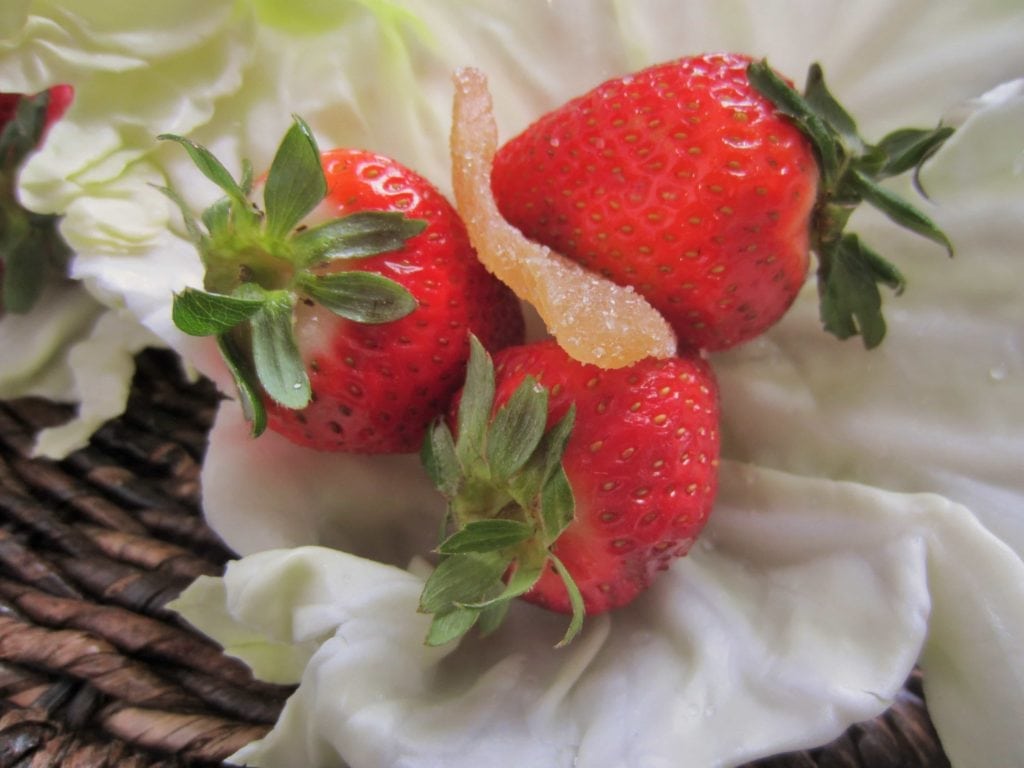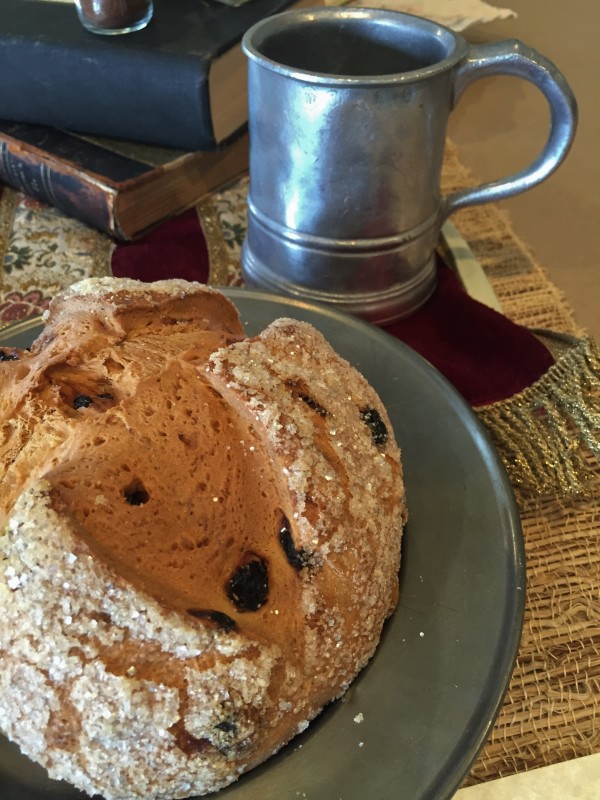Creative Teaching Ideas for
by Elizabeth Janet Gray (1942)
ON THIS PAGE: LitWits hands-on activity ideas and instructions, teaching topics, learning links, and more. Scroll on!
A LitWits activity
Forge shields of finest posterboard, and emblazon them with heraldry that symbolizes who you are! This project gets kids thinking about what they stand for — and what stands for them.
First say to yourself what you would be;
and then do what you have to do.
— Epictetus
Heraldic symbols don’t just represent titles and family lines; they represent character. Did you notice that the rogue knight de Rideware could not hide his crest with paint? Why is he even wearing his crest, if he’s gone rogue? The author is pointing out that we can’t hide who we really are — our actions will always reveal us.
We suggest making one complete shield ahead of time, so it’s easier to demonstrate and explain to the kids. It’s also a good time to make any preparations that will save time later. For instance, we precut the posterboard shields for the younger kids, and we cut apart the symbol images for easier access and to prevent waste.
SUPPLIES
posterboard - 22" x 28"
assorted colors of 8.5" x 11" construction paper
scissors, glue, and tape
first two pages of the heraldry handout for each child, or to share (in our printables) - once the kids have chosen their heraldry images, they can use this handout to interpret the meaning of their chosen symbols and colors
the 25 heraldry images, one printout per 6-8 kids (in our printables)
one large shield template (taped together from the 4-page shield template in our printables)


Takeaway 1
Takeaway 2
Takeaway 3